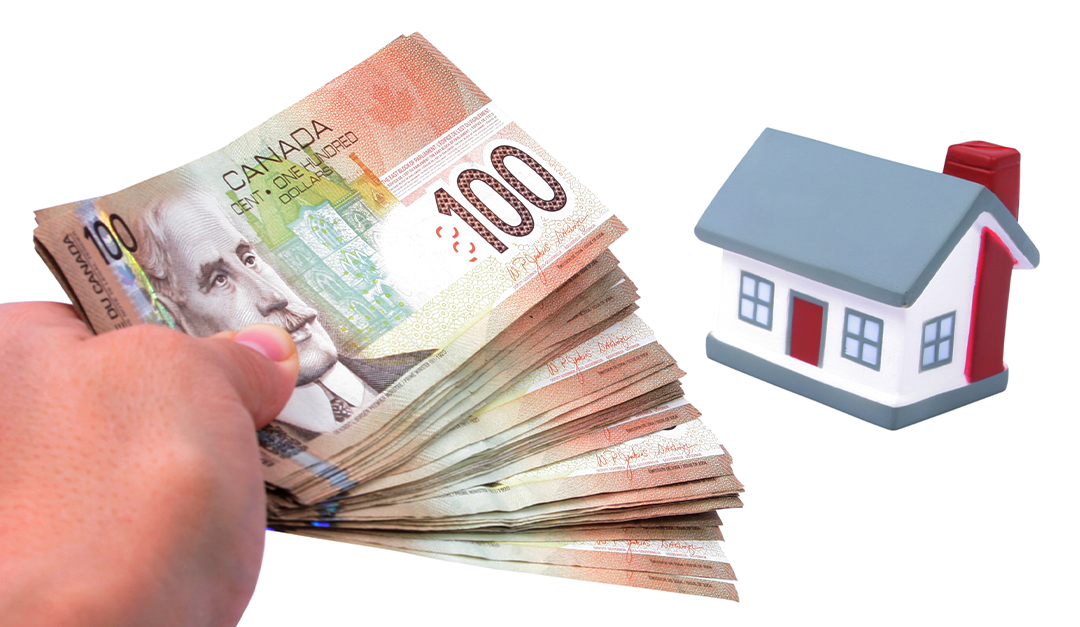Every month you swear you’re going to do better, and yet when the last day rolls around you’ve barely got anything in your chequing account, and you don’t know where it went. It can be exhausting to try and keep on top of your finances, and no amount of budgeting apps seem to help.
Want to take control of your spending and start to build your savings? It’s more of an achievable goal than you think, but you have to be strategic about it.
Here are three tips that will keep you in the black this month:
Think about what’s making you happy, and what’s not. Take your bank and credit card statements from last month, and make a mark next to each item—did it meaningfully contribute to your happiness, or do you barely remember spending money on it? Chances are you made a few meaningful purchases, and then a bunch of take-out orders that you probably regret. Identify the things that were worth spending money on, and the things you’d like to cut back on. Then create an achievable and measurable goal for yourself for the coming month—for example, you’re going to cut back on eating out by 15 per cent.
Find someone to make you accountable. Given how many social activities involve spending money, it can be easy to justify your bad financial habits as part of maintaining your social life. But there are plenty of things you can do with friends that cost little to no money. Reach out to someone in your life that you know wants to cut back on their spending as well. The two of you can keep each other in check, and maybe start an at-home dinner series (you cook, they bring the wine.)
Think in terms of percentage, not dollars. It can seem like a good idea to decide on a dollar figure for your savings, but a percentage is actually best. That way, if you have more money coming in that month, you’re still saving in line with your income. Saving 10 per cent of your income is a good starting point, whenever possible.











